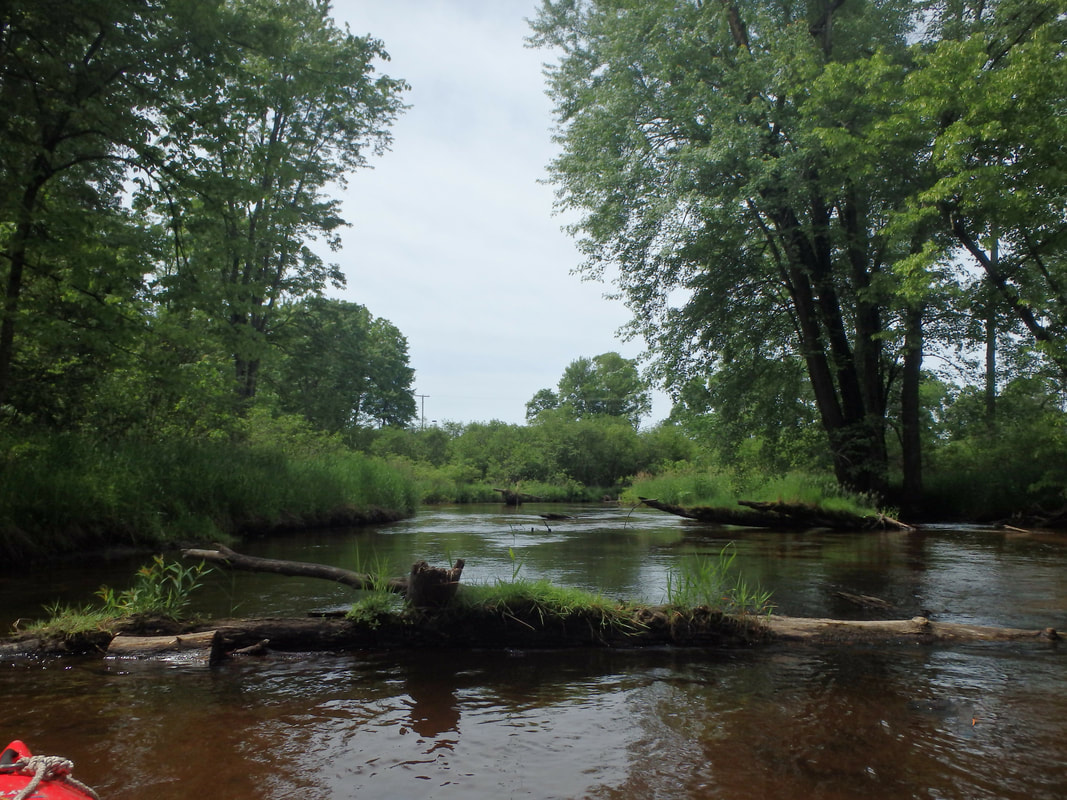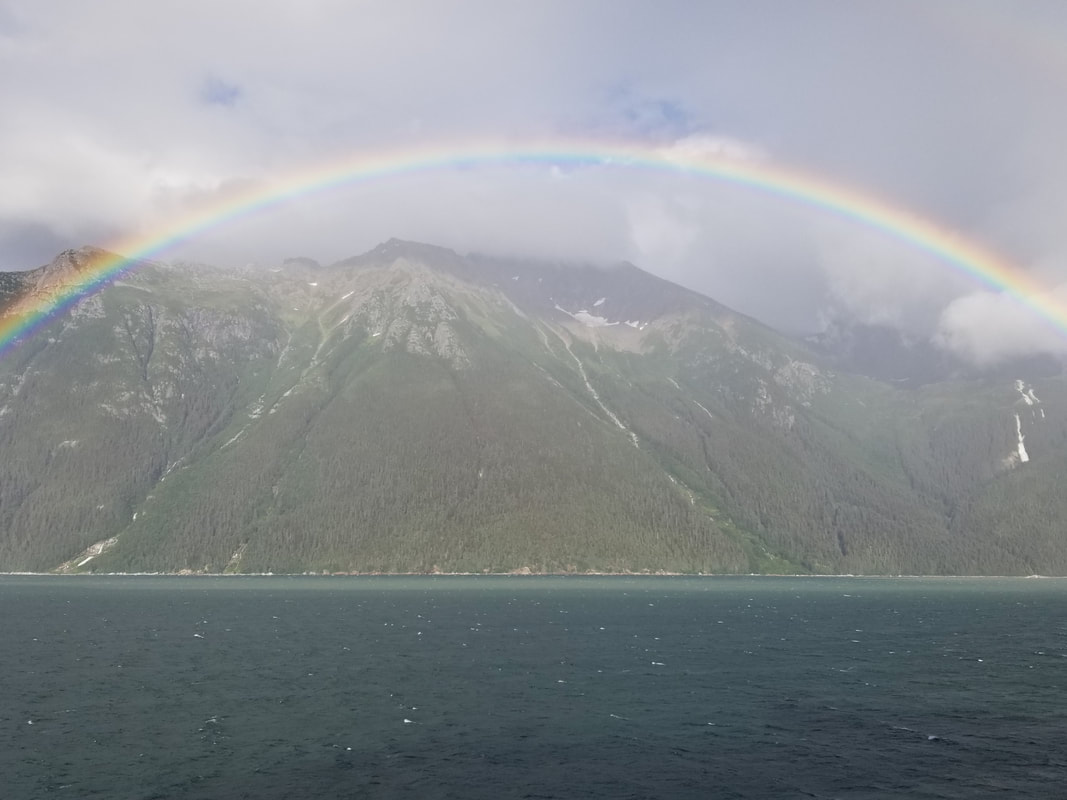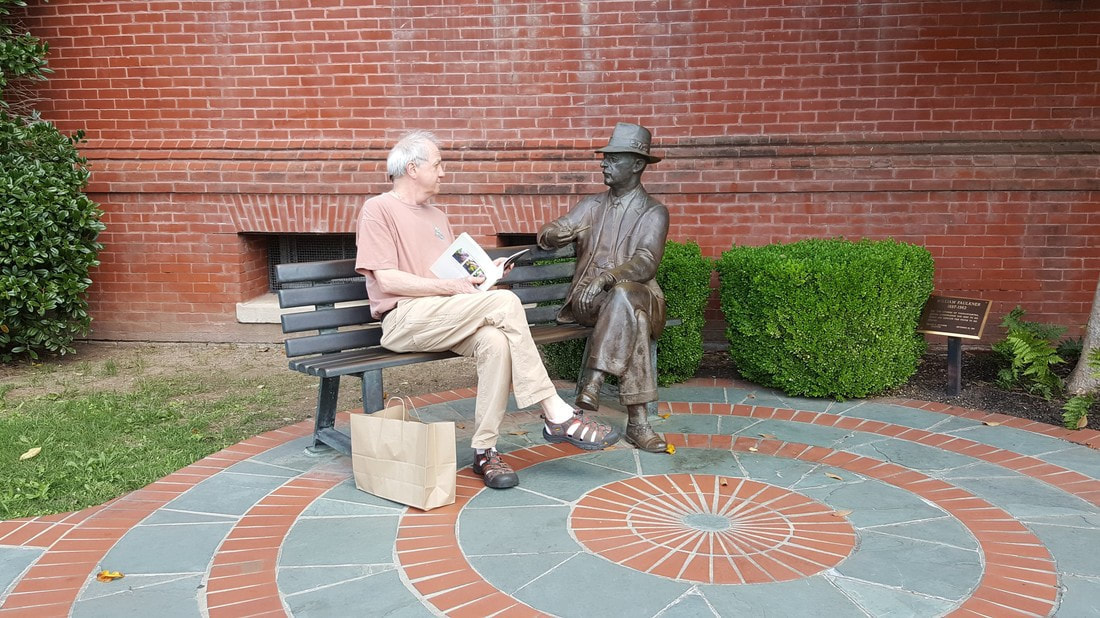|
The deadline for high school seniors to apply for scholarships from Fremont Area Community Foundation is March 1. Each year, the Community Foundation awards hundreds of scholarships to Newaygo County students seeking to continue their educations. In 2022, the Community Foundation awarded more than $644,000 in scholarships. These scholarships are all created by generous donors and are tailored to address a wide variety of experiences and circumstances, from planned fields of study to community involvement and extracurricular activities. In addition to scholarships for students planning to attend college or university, the Community Foundation has multiple scholarships created specifically to support students interested in apprenticeships, trade school, certification programs, or other job training programs. Scholarships are available for students pursuing careers in HVAC, building trades, machining, automotive services, and much more. To apply for scholarships, students complete just one general application online. They are then automatically matched for review for any eligible scholarships. For more information or to apply, visit facommunityfoundation.org/scholarships. Applications must be submitted no later than March 1.
0 Comments
The White River Watershed Collaborative championed an effective year of conservation in the watershed. This burgeoning collaborative of nonprofit organizations, state and federal agencies, municipalities, and community leaders continued to work together to collect baseline data, initiate strategic restoration efforts, and educate and engage the watershed’s community. Here are some highlights from the past year:
It was a busy and productive 2022 and momentum continues to grow in the White River watershed. The Collaborative is looking forward to a fruitful 2023 working with its members and stewards throughout the watershed. For more details on what the group has been up to, visit https://swmtu.org/conservation/white-river/2022-white-river-watershed-collaborative-highlights The work of the White River Watershed Collaborative is funded in part by a grant from Fremont Area Community Foundation.  By Tim McGrath I wonder once in a while if I spend too much time just staring. Not a creepy, stalker kind of staring; but a hey, isn’t that cool? kind of thing when I see something interesting. I’ve found myself at it from kitchen windows, front steps, car windows, backyards, ball games, desolate stretches of beaches; pretty much everywhere. As a teacher, it wasn’t unusual when one of my kids would come up and stand next to me, look at me staring out the window, look out the window, look back at me, shrug their shoulders and walk off. “Mr. McGrath’s staring out the window again,” was something I heard with some regularity. Of course, remembering my role as the teacher, I’d explain I had just spotted a rabbit, hawk, or … something interesting and, then go off on some story related to what I’d just seen. The kids always seemed to appreciate this new bit of information. Or maybe they were just happy with a break in the routine. Whatever it was, I’ve got this thing for observing extraordinary things happening in the ordinary places all around us. One of my favorite places as a child was on the front steps of my growing up house. In summer, it was wonderful to sit on the front concrete steps that were still warm from the day’s heat, and watch the sun start to set; the sky turning from pinky-orange to deep indigo. Then to hear and see the Nighthawk diving and swooping over the school across the street catching bugs for his last bit of supper before it got too dark. Mom used to look at me when I’d be staring out a window, and in that exasperated tone of hers say, “Those windows could use some washing, not staring out of. Let’s get busy.” Or, “What in the world are you looking at? There’s nothing out there but the front yard! Don’t you have anything better to do than staring out the window? If you can’t find something useful to do, I’ll find something for you.” I suppose it is kind of an odd habit; but guessing it’s probably better than, say, driving around with my mouth hanging open, collecting bellybutton lint, or watching hours of C-Span. At least I’m looking at interesting things. So, here it is, the beginning of a new year, and once again, here I am with forearms propped up on top of the bottom window pane in the dining room just looking out on the picture that unfolds fresh each day. It really is a lovely scene. From where I’m stationed, I look out on a mixed hardwood forest of ancient red and white oak gnarled by long decades of exposure to the elements. Silent sentinels that will most likely be standing long after I’m gone. One white oak in particular has been home to generations of barred owls, which we’ve affectionately dubbed “the owl tree”. On occasion, we can spot an owlish face glaring at us from the hole bored in its trunk. There’s the ancient, dilapidated bluebird nesting box that’s attracted many families of bluebirds, and also its fair share of tufted titmice, deer mice, and even a flying squirrel. There’s stands of beech and poplar, with the occasional hickory scattered in the mix. Interspersed are towering white pines, and there’s a sparkling creek that runs through the middle of the whole thing. Today the gin-colored water is low, snow and ice crusting its banks. There are places where the ice stretches out over the water, and I can see the water gurgling along underneath the crystalline shelf. It flows along, much as it has done for eons, unfazed by events happening in the world. I have to admit, I have a thing for staring out this window. I caught myself at it again the other day. I was in the kitchen doing something, when outside the window by the sink, there was a flurry of activity. Not just a flurry, but a cacophony of chaos. I’d just filled the bird feeder, and the chickadees, titmice, nuthatches, and woodpeckers were swarming it. As I stood there, I noticed none of them crashed into one another. It was well-orchestrated pandemonium. How‘d they do it? That’s also when I watched one teeny little chickadee sitting on the top, waiting. What was interesting is how he/she was sitting. Obviously cold, it fluffed out its feathers thus trapping the warm air around its diminutive little body. A teensy husk of fluffiness. Amazing. That’s not all, of course. Each of those species by the feeder has their own incredible ways of being. Reminds me that the world outside all our kitchen windows is astounding in so many ways. And that doesn’t take into account the fascinating planet we live on with all its beauty and mysteries, many yet to be discovered. What about the all the breathtaking things that lie beyond our little blue ball whizzing through the galaxy? I get a kick out of looking at photos of the Milky Way with an arrow pointing to where Earth is with a big “You are here!” showing us our place in the vastness of the cosmos. It’s like a postcard you would send to someone back home when on vacation in Las Vegas. Did you know that a gram of fertile soil can contain up to one billion bacteria, some of which haven’t been named yet? I learned that long ago in seventh grade science class. We were charged with staking out a one square yard of earth at our houses and be meticulous in observing and recording all the things we observed living in that space. What we thought was just our backyards of grass, dandelions, abandoned plastic army men who’d been cruelly dispatched with a fusillade of Black Cat firecrackers, dog turds, and other muck; in reality, turned out to be this incredible world of microorganisms, fungi, bacteria, and insects. Ever heard of nematodes? Me neither, at least not until then. Some are harmful, and can cause disease and damage to the roots of plants but some are also beneficial. They work together with bacteria to paralyze, kill and eat other harmful parasites. Who would’ve thought these battles were happening right under our noses? So interesting to think of these living things working in harmony to create a thriving and sustainable world almost invisible to us clueless Homo sapiens clumping along. Even as seventh graders, we were astounded by the intricacy of it. It’s a whole world that most of us don’t pay much attention to, yet without it, life on earth wouldn’t function. Amazing, right? So many things in the natural world are truly astonishing. How in the world do Monarch butterflies find their way back and forth from North America to southwest Mexico each year? Their brains are the size of a head of a pin, for heaven’s sake. Or hummingbirds? Had a hummingbird feeder in front of that kitchen window of ours, and without fail, sometime mid-May there would be a male ruby throated hummingbird hovering in front of the window waiting for me to put the feeder out. Was it the same one each year? Who knows, but the fact it was waiting for me to get with program and get that feeder out made me wonder. I also just found out that the night of this past September 1st there were 557 million birds migrating all around the country. Wisconsin alone had over 48 million migrating that night. They caught all this on weather radar which appears as massive moving clouds on their screens. I’m not much of a birder, but have always wondered how migratory birds know what to do. How in the world do they know not only where to go, but how to find their way there? Scientists studying these things have said they use earth’s magnetic field as a sort of birdy radar - birdar. It’s also believed they combine this with the positions of the sun and moon to help them navigate. What’s got me scratching my head, though, is why do those birds that are the long-distance migrators – the ones that travel from North America to Central or South America – why do they bother coming back north in the spring? Wouldn’t it just be easier to stay right there in the tropics? Another one of those mysteries that have bird experts hypothesizing about the how and why of the whole operation. It’s been interesting to see how in the last few years there’s been an uptick in people learning to keep honeybees. Growing up in a family of blueberry farmers, I had ample opportunity to see how these fascinating little insects live and survive. Each spring we brought in several large truckloads of hives to pollinate the blossoms. Without them, our crop would have been meager, at best. I had the opportunity to learn that there’s a very regimented hierarchy of roles that exist in the hive, without which the hive would collapse. But none is more important than the queen. She lives for about one-two years, and in that time, she can lay anywhere from 1,500 - 3,000 eggs per day. That’s more than her body weight each day. But heaven help her if she stops producing. Some of the other worker bees will surround her, and create a mass of bees known as a murderball. They actually suffocate her, or cause her to overheat; then it's curtains for the old gal. Out the front door she goes, then on to the next queen. These guys aren’t fooling around. It’s awe inspiring to realize that these little insects are responsible for allowing us to have the incredible variety of foods we eat. And they’re just a small part in this giant system of interconnected things. When you think about it, our natural world contains an almost infinite number of amazing things from plants to animals, insects, and the unseen world of microorganisms. That doesn’t even take into account the physical forces that unify the entire universe: gravitational force, weak nuclear force, electromagnetic force, and strong nuclear force: the entire world of particle physics. Mostly incomprehensible, yet absolutely essential to keep everything working together. The natural world isn’t the only thing that’s incredible. We humans are fascinating in our own right. The complexities of our bodies and minds, the way we learn, how we grasp languages, music, art, our creativity, our emotions, how we organize into social groups are simply mind blowing when you consider it. The ways entire civilizations rise, thrive and fall is remarkable. I’ve often wondered how the ancient Egyptians and Mayans engineered and built the pyramids only using what we’d call very rudimentary technology. And those structures, still standing, leave us scratching our heads, wondering, how’d they do that? When we’re not cooking up ways to destroy each other and the world around us, there’s a significant number of pretty amazing things that we humans have created and accomplished, in addition to all the ancient architecture those that came long before us imagined. Here’s a few inventions I’ve come across that have, arguably, changed the world, mostly for the better: The wheel; the printing press; vaccines (in spite of what some might think); electricity; light bulb; internal combustion engine; automobile; airplane; telephone; radio; television; the internet; the computer. It’s hard to imagine what life would be like without, say, electricity. Or for us denizens of the twenty first century, the computer and internet. Makes me wonder what comes next. So, as I leap into this new year, I think I’ll keep on staring, keep on wondering, keep on looking out on all the amazing things right there in front of me. “To be more childlike, you don’t have to give up being an adult. The fully integrated person is capable of being both an adult and a child simultaneously. Recapture the childlike feelings of wide-eyed excitement, spontaneous appreciation, cutting loose, and being full of awe and wonder at this magnificent universe.” – Wayne Dyer, author Speaker Series offers opportunity to listen...and maybe even learn
By Ken DeLaat After the holidays many return to the gym of their choice, right? It’s a way of helping the body get a bit of healthy movement going again. I admit to a bit of a pullback from what is probably an already inconsistent exercise regimen during times like the holidays when I can find ample excuses to forego working out. “Wow, I need to go to the gym but it’s not like those cookies are going to eat themselves, right?” or ‘I could probably get there this afternoon but I noticed Die Hard is on at 3 and you know how I love Christmas movies.” Thus, once we begin venturing into January my attendance sees an upswing and I strive to get back to my semi-regular routine (can a routine be semi-regular?) and reacquaint myself with the various machines as well as the pool and walking track at Tamarac. I also reacquaint myself with the initial days of post exercise soreness created as punishment for my procrastination. If you think about it there’s also the post holiday mind to consider and for that we have some good news. We are on the very cusp of a series of intellectual workouts that will provide intervention for any post holiday emotional ennui or even just the lingering malaise an ongoing spate of sunless weather can produce. The January Series gets under way tomorrow. If you are acquainted with attending this mid winter classic at the Dogwood you likely have already marked off the dates of your selected speakers on your phone calendar. If you’re a novice and after years of saying you were going to go but didn't you are committed to going this year for pinky swear certain? Congrats and well done. You won’t regret the time spent and will likely become a regular. The Dogwood has hosted these for years and it remains one of those things that helps in getting many of us who tend to eschew snowmobiling and ice fishing through the winter. This series begins Monday with an intriguing look at the way our bodies interact with the world around us as Dr. Sara Hendren challenges listeners to explore preconceived notions about why things are designed as they are and how the world could be more accommodating to all people. And this is what I love about the Speaker Series. It challenges those who attend to listen to ideas that may not have occurred to them and hopefully process their reaction in a healthy, non judgemental manner. Because believe me, we could all use a little more polishing when it comes to listening skills. Most people are either learners or knowers . Knowers tend to be a bit handicapped when it comes to listening. In an era when opinions pass for knowledge there are few things more refreshing than to hear credible people speak on a subject they have a deep sense of connection to. On Tuesday Monica Guzman steps to the mike. She is the author of I Never Thought of It That Way: How to Have Fearlessly Curious Conversations in Dangerously Divided Times. Great title. Ms. Guzman is a senior fellow with Braver Angels, the cross-partisan grassroots organization working to help depolarize our wonderful country. Some may recall there was a Braver Angels workshop held in Newaygo this past fall. https://www.nearnorthnow.com/the-pulse/like-an-olive-branch I would challenge those who reside entrenched in the camps of the right or left leaning to attend this one. While recognizing how some may dismiss any attempt at the possibility of common ground (generally the knowers), those who have yet to relinquish the concept of open-mindedness might find this one fruitful. And those are just the first two. There are 13 more running through Friday the 27th of January which means after the series we have gotten through a good third of winter and it’s time to begin going through the seed catalogs in earnest. So get yourself to the Dogwood this week. Here’s the skinny: The January Series lectures will be video streamed live at the Dogwood Center, 4734 S. Campus Court, Fremont, from 12:30 p.m. – 1:30 p.m. Monday through Friday, January 9 - 27. The lectures are free and open to the public. The Black Box will be available for seating and attendees may bring their lunch. View the speaker schedule at www.dogwoodcenter.com and pick out which ones you will be attending! N3 Note: We would like to hear from you as to your opinion on one or any of the series you might attend. Send your review, comments, feedback, whatever, to [email protected] and type in 'January Series' in the subject and we will post your views on any of the ideas you hear expressed over the next 3 weeks. By Ken DeLaat Resolutions are a complete waste of time. They're just this meaningless ritual, empty promises we make and break within hours of each other.”-Hillary DePiano, New Year's Thieve Ah yes, the semi-sacred process of making New Year resolutions. The time honored annual attempt to better ourselves with a fresh new start for a fresh new year. Of course many, like the character in Ms. DePiano’s novel, eschew the process. They will generally drone on about why they’re not doing resolutions whether they be an egoist with a semi narcissistic stance about not needing to change, a realist who feels it is pointless because no one keeps them anyway or even the fatalist who might espouse an even more misery laden response such as: “What’s the point? The climate is collapsing around us, politics have become performance art, people are more angry and divisive as ever and…” Whew. Perhaps a modicum of truth but truly exhausting even for the more optimistic among us. For those who make the effort, I applaud you. Change is essential to one’s growth and even if the workouts end in February (much to the relief of gym regulars), the dieting crashes and burns after the discovery of the tiramisu at The Forager and the efforts to stop being such an asshat crumble when the first opportunity to do so arises, there was at the least a bit of insight. A smidge of recognition that there is always room for improvement accompanied by a sincere effort toward intervention. I have always treasured the opportunity NY resolutions bring. Admittedly some initiatives have been more successful than others…well… truth be told, ‘some’ might be an exaggeration. Perhaps ‘a few’ would be more accurate. But nevertheless many of those reiterated resolutions that ran out of gas before they ran out of calendar eventually found their way into my lifestyle. These days, being a well seasoned septuagenarian, one might think the potential for progress is somewhat limited. There’s the ‘old dogs new tricks’ thing to consider, of course. Add to that the modifications to one’s lifestyle the process of aging brings. For instance a resolution made a couple decades back about learning how to luge never came to fruition and given an increasing personal propensity to avoid any potential for physical damage, the likelihood of it being on the docket in this or any future years is decidedly slim. But admittedly there remains a plethora of personally possessed behaviors that would certainly warrant some polishing. Years ago I made the mistake of asking those close to me for suggestions. I’ve always been blessed with family and friends who are genuinely unafraid of expressing themselves honestly when asked to do so, so it seemed like a logical ask. Bit of a warning here for those who might consider this. Do it only if you have a fairly adequate amount of self esteem. It wasn’t merely the overwhelming amount of submissions received, it was also the surprising direction many of them took (see above reference to ‘not being such an asshat’). It was the one and only time that particular strategy was employed. Nowadays, I tend to focus mainly on the doable rather than getting drastic with things like becoming better organized or reducing my annual intake of french fries. After a bit of contemplation I finally landed on one that seems within reach. Inspired by the voluminous list of books read by Editor Mercer over the past year (https://www.nearnorthnow.com/features-and-fun/my-year-in-reading-a-list-of-ratings) in 2023 I plan to finish the stack of publications currently resting on and near my bedside stand.There are somewhere in the neighborhood of a dozen or so sitting there waiting to be devoured and I figured one a month might be feasible. With all good intentions last night I picked up one received as a Christmas gift and gave it my best shot. Sometime later (about a half chapter, I think) Lifetime Spousal Companion Lil nudged me to say, “You fell asleep reading again.” And the struggle for self-improvement marches ever on. “Be at war with your vices, at peace with your neighbors, and let every new year find you a better man.”- Ben Franklin |
Letter to the Editor PolicyNear North Now welcomes original letters from readers on current topics of general interest. Simply fill out the form below. Letters submissions are limited to 300 words. Archives
July 2024
Categories |




 RSS Feed
RSS Feed